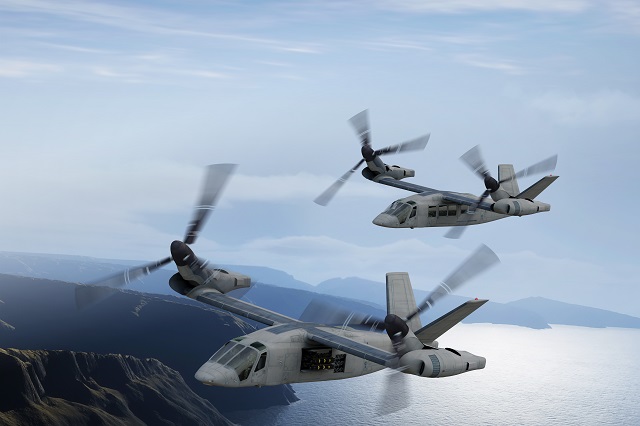The deputy commander of US Pacific Command says the Army must field next-generation aircraft with greater range, speed and survivability than is achievable with today’s helicopter inventory.
Lt Gen Tony Crutchfield says the vast distances inherent in the Pacific theatre, as well as the proliferation of anti-aircraft weaponry, are challenging the current generation of army rotorcraft, namely the AH-6 Little Bird, UH-60 Black Hawk, AH-64 Apache and CH-47 Chinook, which were all adopted in the last century.
“I firmly believe the only way we will close the gap with the problems facing us today is with Future Vertical Lift (FVL),” he says, referring to the army-led acquisition programme that will introduce a new family of aircraft with roughly double the range and speed of today’s models.
“We must have Future Vertical Lift,” he continues, speaking at an Army Aviation Association of America conference in Atlanta, Georgia on 30 April. “It is the only way we will be successful in the PACOM environment with the distances. That range and that speed and that survivability are critical to army aviation to be effective in this fight.”

Bell V-280 Valor
Bell Helicopter
He says speed and range are vital if the army is to respond rapidly to a crisis or contingency operation, particularly in the South China Sea, where China is creating man-made islands as forward operating locations and to bolster its disputed territorial claims. Crutchfield also worries about the army arriving “late to need” in the aftermath of natural disasters like hurricanes and earthquakes, which are commonplace in the region.
“We have to be able to go further and stay longer. It must be swift because lives depend on it,” he explains. “We must do all this in an expeditionary way because we are an expeditionary army.”
The aircraft of tomorrow must also be survivable, Crutchfield says, as forces increasingly need to fighter their way to objectives. His comments were backed up by the head of Army Special Operations Aviation Command, who adds that increases in range, speed and payload cannot come at the expense of manoeuvrability.
“I want to emphasise that our job and our mission is to support the soldier whose operational job is to destroy our nation’s foes in close ground combat,” says Brig Gen Erik Peterson. “We have to have the capability, the agility, the manoeuvrability and power to be in the right place at the right time to deliver infiltration, exfiltration, reconnaissance and precision fires. We’re not prepared to sacrifice manoeuvrability or agility in the terminal area.”

Sikorsky S-97 Raider
Sikorsky
Source: FlightGlobal.com



















